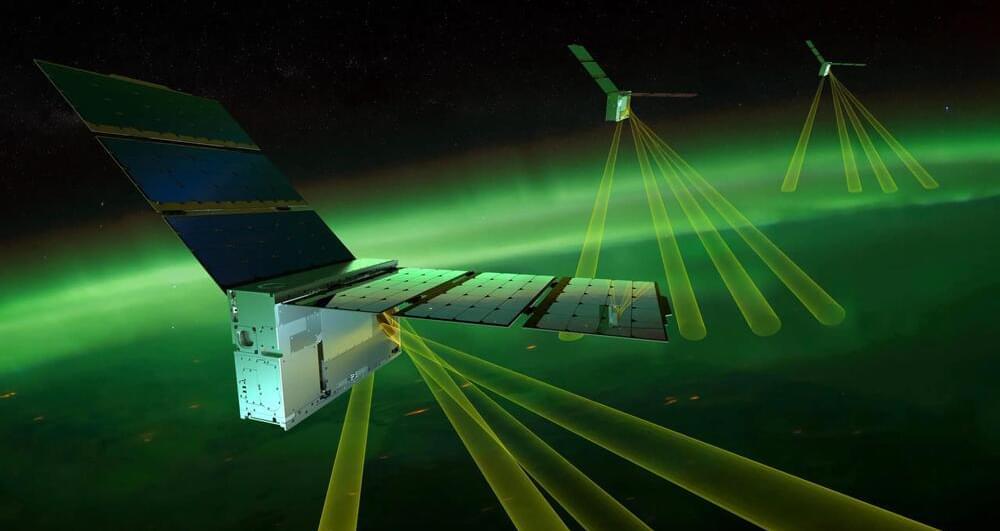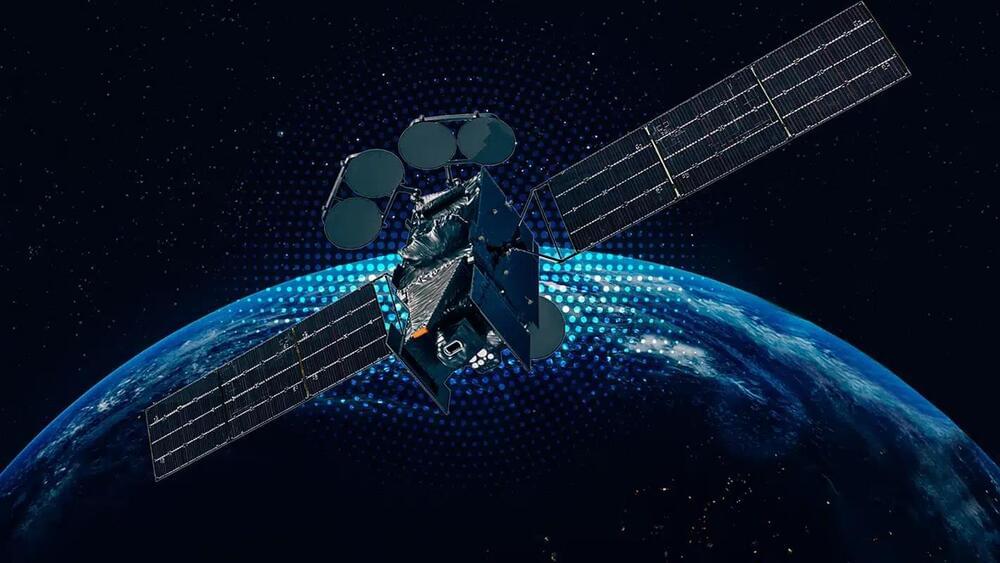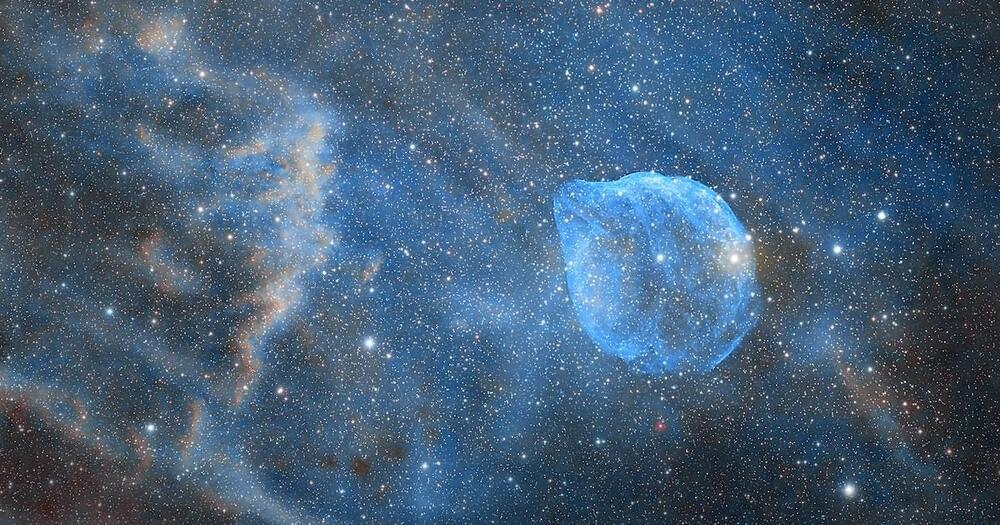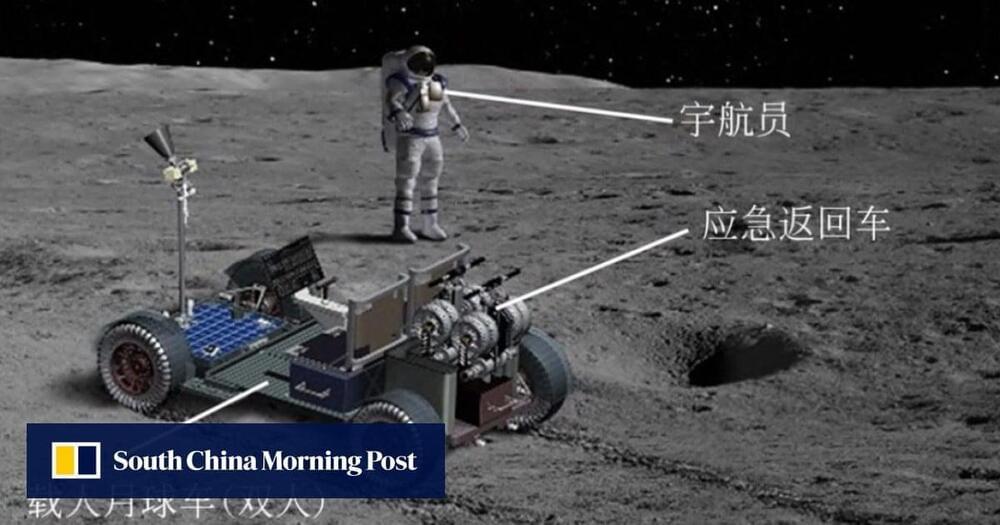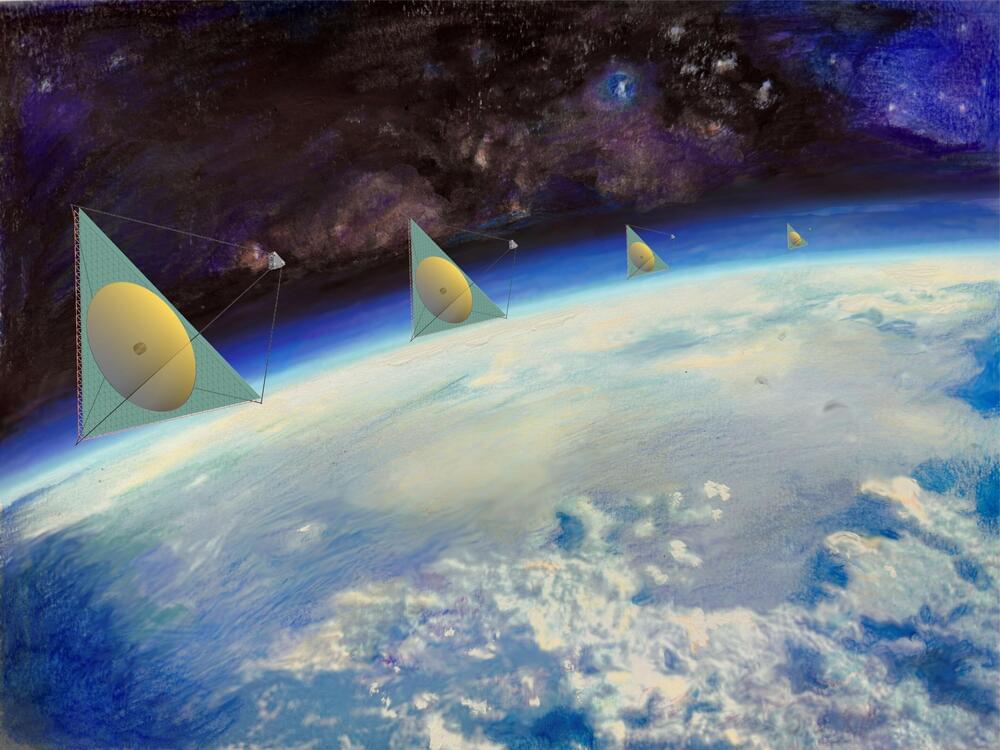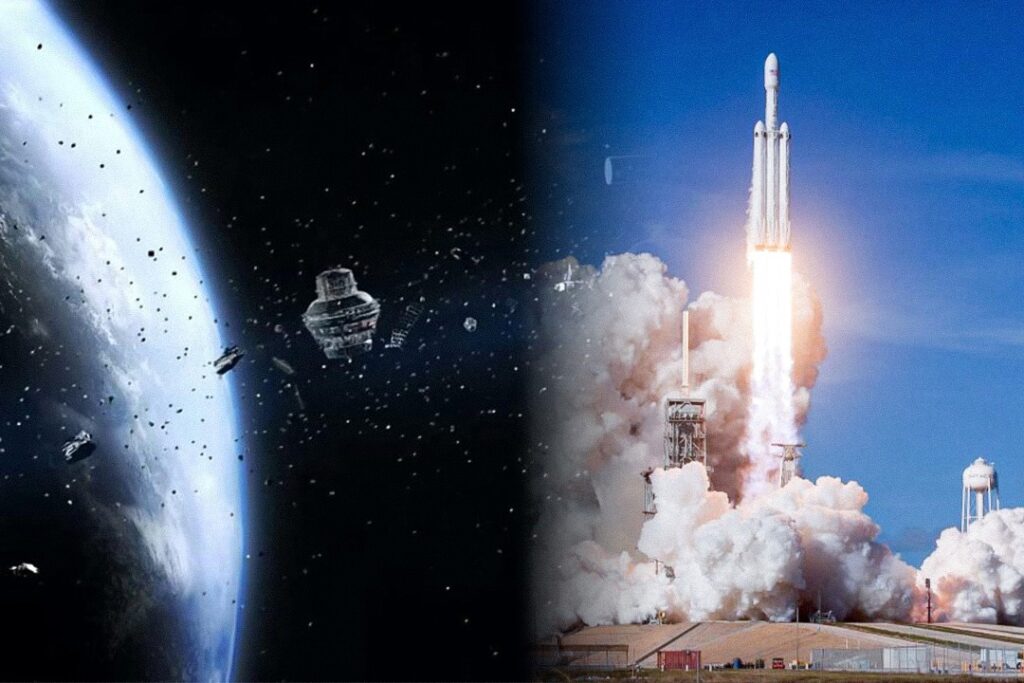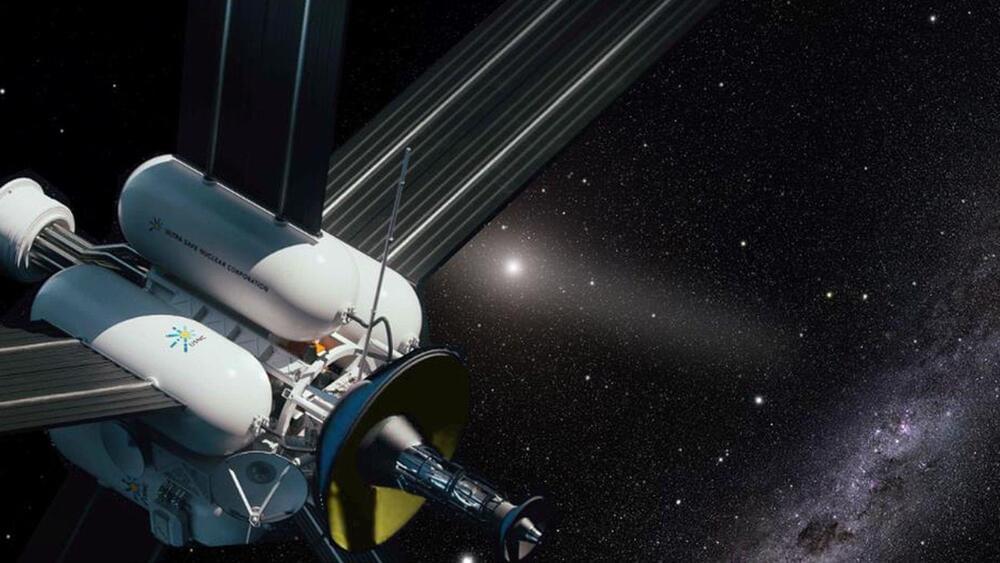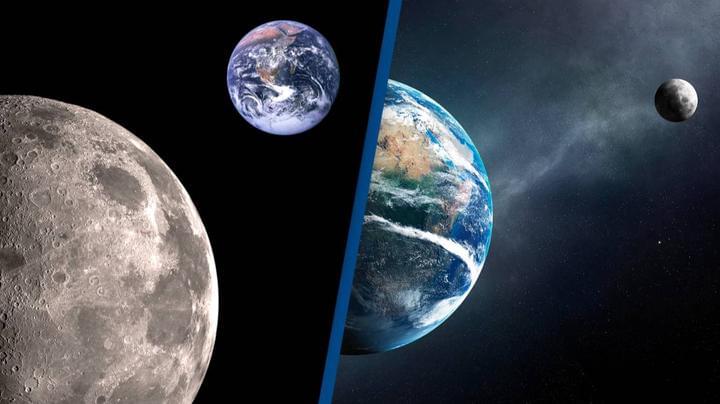Apr 12, 2023
Auroras Unplugged: NASA’s EZIE To Unveil the Charged Link Between Earth and Space
Posted by Saúl Morales Rodriguéz in categories: education, space
NASA ’s EZIE mission has passed a critical review and remains on track for a launch next year. The mission aims to study auroral electrojets in Earth’s ionosphere, providing insights into the Sun-Earth connection and space weather impacts on Earth. The project will also distribute educational kits to inspire the next generation of scientists.
With an orbit that will take it from pole to pole, NASA’s Electrojet Zeeman Imaging Explorer (EZIE) mission will provide never-before-seen imaging of the electrical currents that link our planet and the surrounding space. But before it can do that, the EZIE team has to pass a series of reviews to demonstrate the mission is on track.
On March 23, the team successfully cleared one of those critical reviews, marking a major milestone for the project and keeping it on pace for a scheduled launch next year.
